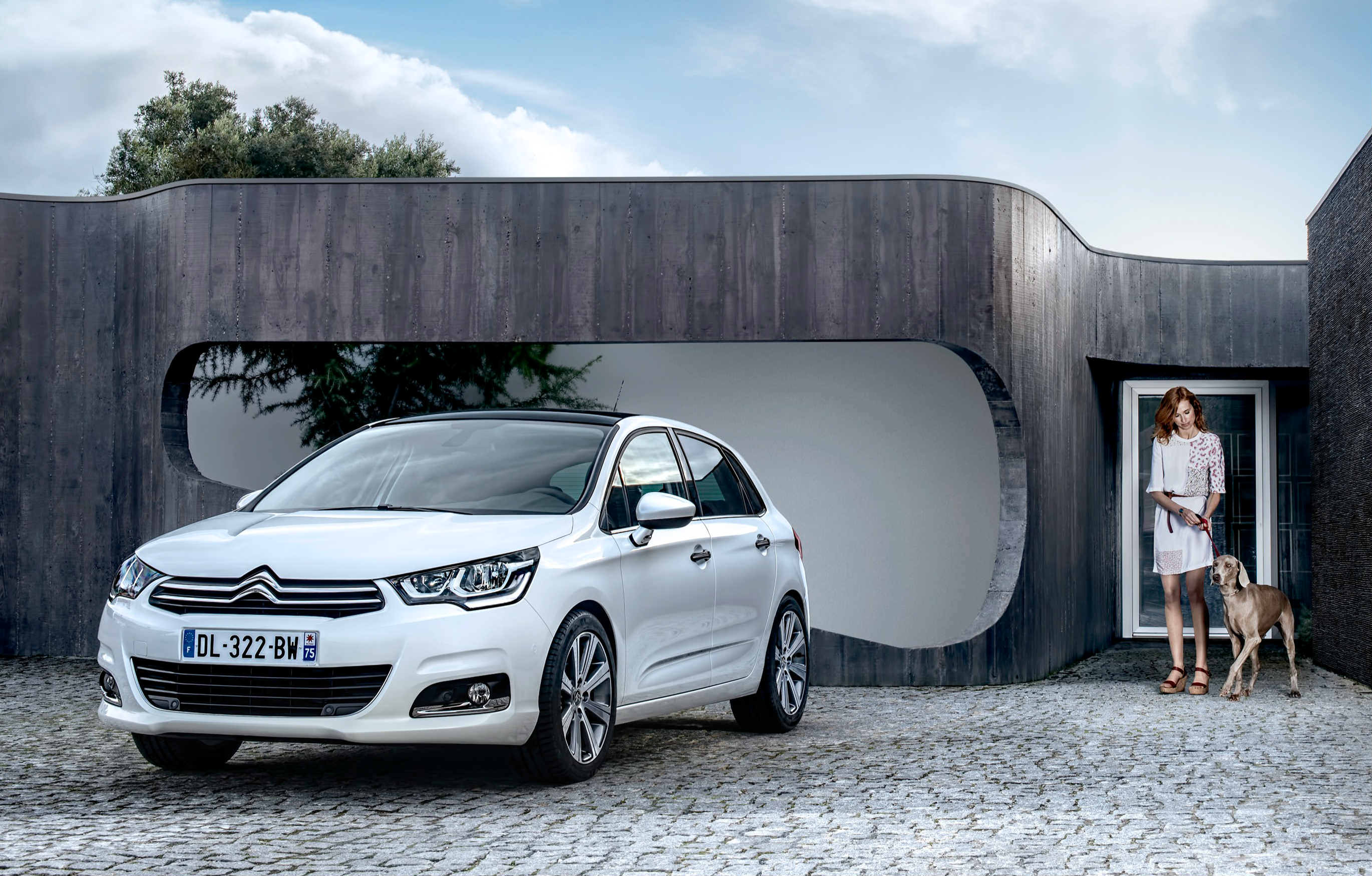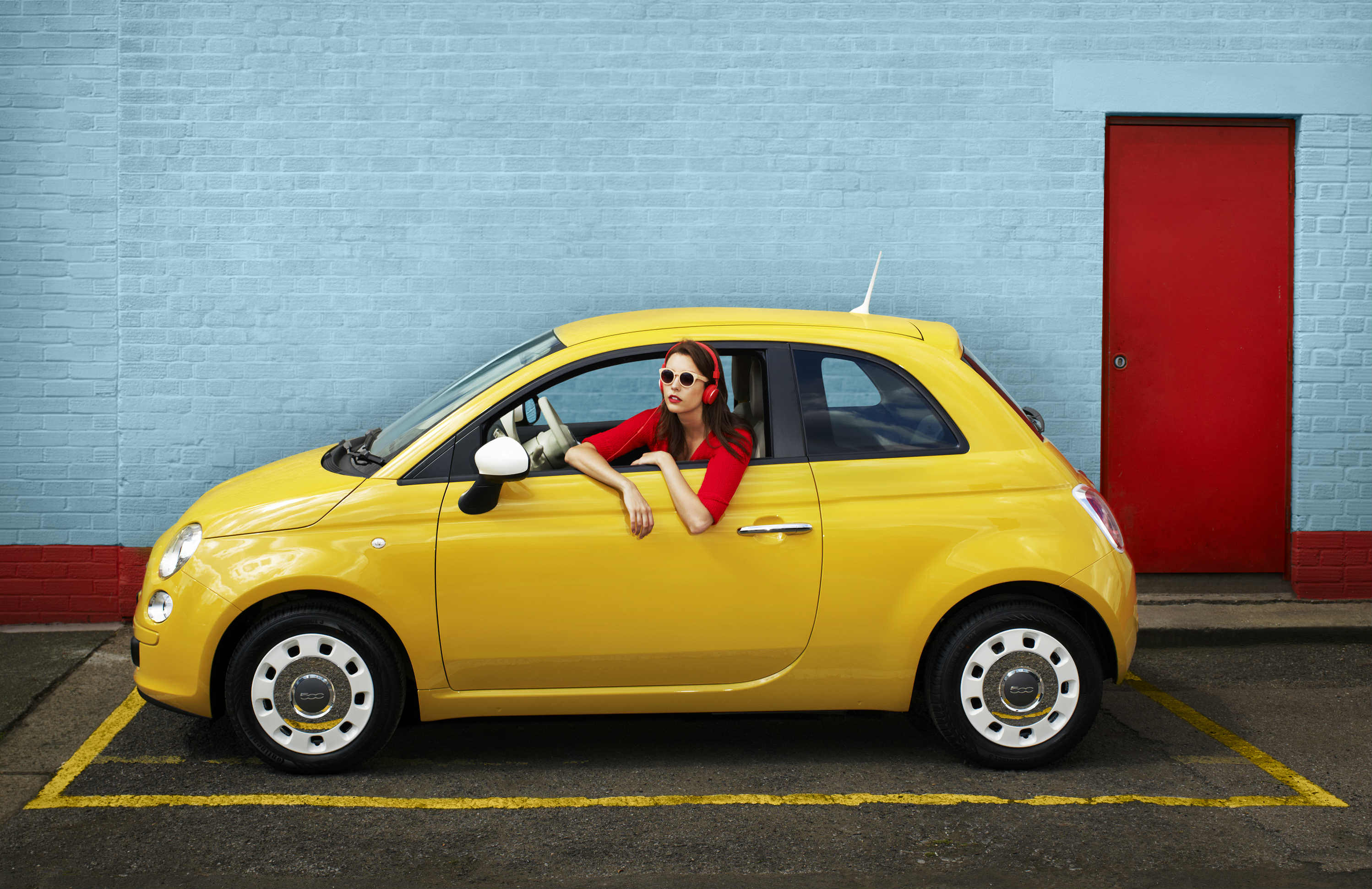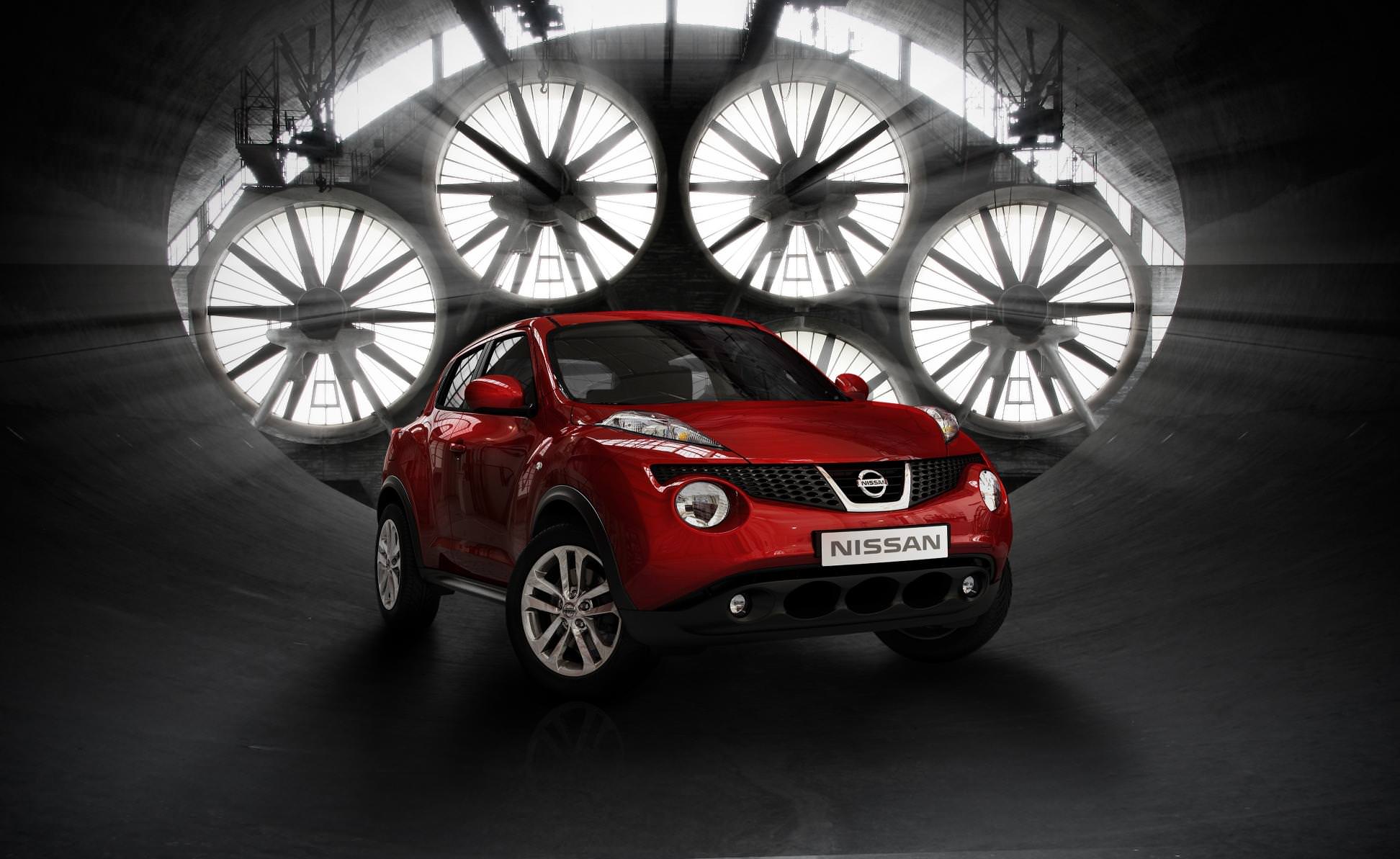Jargon-busting: all-wheel, four-wheel, and two-wheel drives
Did you know that your car’s drivetrain can make a big difference to how it performs and how well it can cope with tough weather conditions? Read on for our guide to all-wheel, four-wheel, and two-wheel drives

When it comes to buying a new car, there are probably a few different decisions that you’ve already made. Hatchback or SUV? Petrol or hybrid? Grey or blue?
But what about drivetrain? While it might not be the first thing you consider, drivetrain can make a big difference to the way you drive and how well the car can cope in different conditions.
Read on to find out more about difference between all-wheel, four-wheel, and two-wheel drives and how to choose the right one for you.
What are drivetrains?
Drivetrain is the term used to describe the different ways that a car can be propelled forward by its engine or motor. There are three main drivetrains available: all-wheel drive, four-wheel drive, or two-wheel drive. Different driving tasks require different drivetrain systems and it’s important that you pick the right one to suit you and your driving needs. Most of the time, you won’t need to pay any attention to your drivetrain and its only in certain conditions that the different options will make themselves known.
Two-wheel drive
Most cars on UK roads fall into this category. Usually smaller than all-wheel or four-wheel drive vehicles, two-wheel drives are – as their name suggests - powered by two wheels either in the front or the rear.
There are two types of two-wheel drive: front-wheel and rear-wheel.
Front-wheel drive
Front-wheel drive is the most common type of drivetrain and means that the engine is powering the two front wheels. One of the reasons why the front-wheel drive dominates the car market is because it’s a cheaper engine design that doesn’t require the manufacturer of any extra mechanical components and takes up less space than rear-wheel drive.
And that’s not the only advantage of front-wheel drive; it can lead to improved fuel efficiency as there is less wasted energy thanks to the proximity of the engine and driving wheels; the engine’s weight is balanced over the front wheels when going uphill; and the engine can help to improve traction, especially in the snow. They can also be easier to drive as you are more likely to understeer when going around a bend, which can be corrected faster than oversteering.
Even so, there is a limit to how much power a front-wheel drive car can handle as the wheels have to both drive and steer. Some drivers also believe that the sensation of being pulled by the front wheels creates a duller driving experience than some other drivetrain options.
The best front-wheel drive cars
Volkswagen Golf GTI
The original hot hatchback, the Volkswagen Golf GTI is a great everyday car that can also be a little bit extraordinary. It owns its sporty styling with a honeycomb grille and slim LED headlights while the interior is more minimalist with comfortable seats that provide good hold, even when you’re navigating twisty country roads. Thanks to its 2.0 I TSI engine, the Golf can reach 0-62mph in just 64 seconds with a top speed of 155mph that means it’s great fun on the straight yet still secure on the bends. Inside, the high-resolution touchscreen display controls most of the car’s functions including the radio, air conditioning, and lighting.
Mini Cooper
The Mini Cooper is one of the most recognisable cars on the road and has attracted a legion of fans thanks to its distinctive sense of style. The five-door hatchback model is no exception and boosts its good looks with integrated fog lights, a refined interior, and a smart tech-enabled infotainment system. With its Twinpower Turbo engine, the Mini can pack a punch too, and doesn’t burn through an excess of fuel in the process. Available in a range of colours, even on the used car market, this highly sought-after car also offers 278 litres of boot space, increasing to 941 litres with the rear seats folded.
Honda Civic Type R
Taking engineering cues from decades of Japanese motorsport excellence, the Honda Civic Type R is one of the fastest front-wheel drive cars in the world. With its turbocharged 2.0 litre petrol engine, it can reach up to 169mph, but it also has great stopping power thanks to its reassuringly responsive brakes. Designed with aerodynamics in mind, the Civic can handle corners well, offering good balance and grip on the road as well as accurate steering. Drivers who like to have fun behind the wheel will enjoy the low centre of gravity, which makes you feel connected to the road as you go, while the exterior is all eye-catching angles, prominent wheel-arches, and a statement spoiler.
Rear-wheel drive
In contrast to front-wheel drive, rear-wheel drive powers the rear wheels. This pushes the vehicle from behind and is popular in pick-ups and trucks that carry heavy loads as well as sports cars, super cars, and SUVs with improved handling. In fact, almost all cars were rear-wheel drive until the 1980s. As the car is more neutrally balanced, it can feel more fun to drive as well as offering optimised suspension handling as your front wheels will be freed up for steering only.
Even so, there are several reasons why manufacturers have moved away from rear-wheel drive for most everyday vehicles. They don’t perform quite as wheel in inclement weather, especially in the snow, and can be harder to drive as they tend to oversteer in corners. There also needs to be a direct mechanical connection between the engine and back wheels, making them more expensive to produce and taking up space in the cabin as there must be a transmission tunnel in the middle of the floor.
The best rear-wheel drive cars
BMW 5 Series
A classic three-box saloon may not sound exciting, but the BMW 5 Series will shake up your expectations. Wide and long on the road, the car has sleek styling and is surprisingly sharp and agile behind the wheel despite its proportions. The interior is luxurious with an intuitive infotainment screen and a deep boot, so it’s a popular choice among families who still want to enjoy the driving experience. As you’d expect from the German manufacturer, the 5 Series is quiet on the road, reliable, and relatively economical.
Porsche 911
The Porsche 911 is one of those sports cars that has earned iconic status. It’s been one of the world’s most desirable cars for over 50 years and offers all the speed and performance you need but it also user-friendly and comfortable to drive. Manufactured in Germany, the Porsche’s entry level model offers an impressive 380 brake horsepower, can achieve 0-60mph in just four seconds, and has a top speed of 182mph. It handles corners well thanks to its powerful brakes and offers good visibility front and back. Passengers can sit back and relax on the leather upholstery and enjoy a quiet ride.
Jaguar XJ
The Jaguar XJ combines everything you’d want from a luxury saloon with a sporty edge. It has a strong design with a dominant front mesh grille, full LED headlights, and a low wide stance that is sure to make an impression on the road. The interior is similarly impressive with a refined design that is made for comfort. Despite its 3.0 litre V6 diesel engine, the car’s light aluminium body makes it agile on the road with precise steering and efficient engineering.
Four-wheel drive
Four-wheel drives, or 4x4s for short, are designed for use off-road or in extremely tough weather conditions. They can be an often for most luxury trucks and SUVs but are designed for rugged terrain rather than day-to-day city and motorway driving.
Typically, drivers can choose to make the switch into four-wheel drive by turning a knob, pushing a button, or yanking a lever. Once the mechanism has been activated, the front and rear driveshafts will be locked together so that they keep turning at the same speed. This means that torque will be sent to at least one front and rear wheel drive when faced with slippery conditions like sand, mud, or snow. This works as it puts more power on the ground and significantly increases grip in all four corners of the car.
However, in return for these advantages, drivers will have to deal with a stiffer ride experience than they would with a two-wheel drive; 4x4s are more expensive to build and buy; and they are less fuel efficient as you need to power all four wheels, not just two.
The best four-wheel drive cars
Land Rover Defender
If you’re looking for a 4x4 that can handle almost any terrain, you can’t go wrong with the Land Rover Defender. It was built to cope with extreme conditions, including sand and ice, and so has been built with the most durable materials available to help it stand the test of time. The cabin is just as robust with practical leather-free Resist seating that is hardwearing, easy to clean, and still soft to the touch. A large SUV, the Defender offers five, six or seven seats and all passengers can sit comfortably, even if the boot space is a little tight. Drivers can also benefit from the Land Rover’s light steering, good front visibility, high-tech driver assistance systems, and sophisticated air suspension.
Dacia Duster
If you’re looking for an affordable, family-friendly SUV, the Dacia Duster is one of the most reasonably priced 4x4s on the market. It offers all the space you could want with plenty of head and legroom as well as a 478-litre boot that can extend to 1623-litres with the rear seats folded. ISOFIX anchor points are included as standard while driver assist systems include blind spot warning, a multi-view camera, hill descent control, and emergency brake assist. Opt for the 4x4 model and you’ll get a rear suspension with improved stability and comfort, designed to tackle almost any off-road environment including steep, muddy inclines.
Fiat Panda Cross
With its small size and bold looks, the Fiat Panda Cross might split opinions but it’s a serious off-roader. The protective cladding that dominates the exterior isn’t all for show, the Fiat can handle a range of different terrains and comes equipped with the type of tech that you’d usually only find in a Range Rover like hill descent control. The interior is spacious, practical, and ergonomically designed with plenty of headroom for passengers to sit comfortably. The Panda Cross is also well-suited to city drivers, it can take on narrow streets with ease, is straightforward to drive and park, and can power down the motorway comfortably.
All-wheel drive
All-wheel drive is similar to four-wheel, but it is optimised for on-road use instead. This type of drivetrain can always send the engine’s power to all four tyres, and many can seamlessly shuffle torque between the front and rear tyres as needed. This means that the driver doesn’t have to make the decision to switch into all-wheel drive as the car itself with sense a less of traction and send power to where it’s needed most.
This technology really comes into its own in bad weather. All-wheel drive will keep your vehicle moving forward better than a two-wheel drive mechanism could on snow-covered or rain-slicked roads as well as making sure the vehicle keeps its grip when cornering at higher speeds.
All-wheel drive is usually a choice on more modern SUVs but it’s worth keeping in mind that it is less economical than two-wheel drive, can cause more roll in corners, and can also blunt the car’s handling and braking.
The best all-wheel drive cars
Skoda Superb
The Skoda Superb is one of those cars that isn’t showy but would make a welcome addition to any family’s fleet. It’s safe, steady, and designed for long journeys. Available as a hatchback or estate, it offers all the space you could wish for and still has a premium feel thanks to its minimalist interior and refined exterior style.
Volvo V90 Cross Country
A more rugged version of Volvo’s popular V90 estate car, the Cross Country model has better ground clearance as well as all-wheel drive functionality that can cope with rough road surfaces and slippery conditions. As you might expect from the Scandinavian manufacturer, the V90 combines an elegant exterior with a refined, minimalist interior; charcoal grey cladding protects the wheel arches, side mouldings and bumpers while oversized door mirrors help to improve visibility. While it’s not an off roader, the Cross Country is a pleasure to drive in almost any situation thanks to its responsive rear suspension, light steering, and large wheels.
Audi A4 Allroad
An all-wheel drive all-rounder, the Audi A4 Allroad strikes the perfect balance between an estate car and an SUV. Its performance and efficiency are everything you would wish for from the prestigious German manufacturer while the suspension can handle almost any bump while keeping road noise low, even at high speeds. The cabin is spacious with plenty of room even if you’re over 6ft tall, and the boot offers a generous 505-litres of storage with all the seats in position. The exterior styling is sleek and clean while the interior features a stripped back dashboard, dominated by a fixed floating infotainment system.
Should I choose a two-wheel drive or four-wheel drive?
If safety is your primary concern, then you might be surprised to learn that a four-wheel or all-wheel drive vehicle isn’t automatically the safer choice. In fact, it generally comes down to driver skill and these cars can be more difficult to handle than a smaller, lighter two-wheel drive.
 Win your car finance on us!
Win your car finance on us! 

